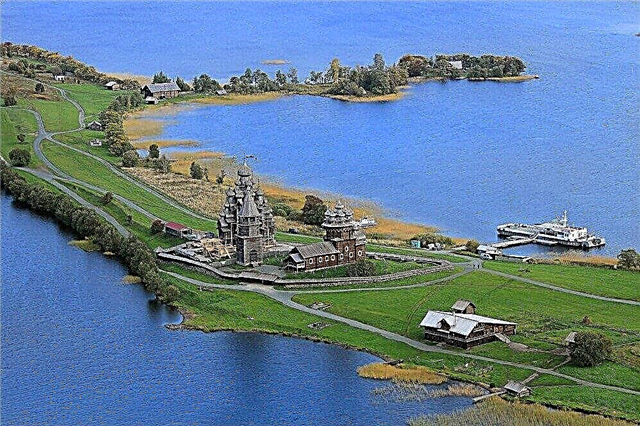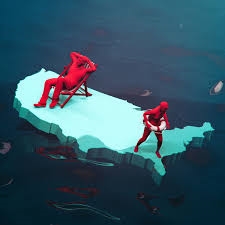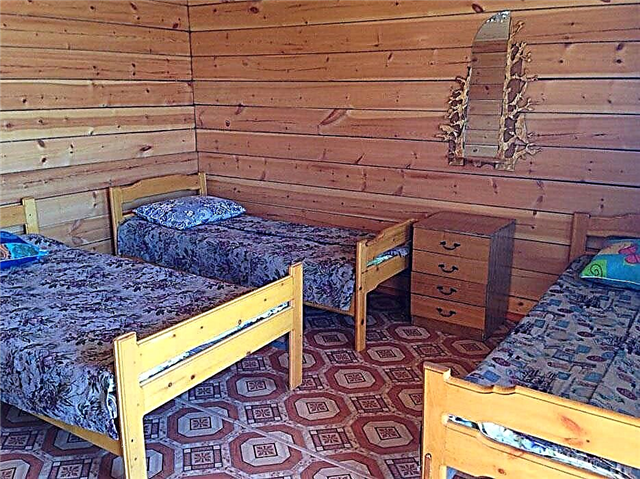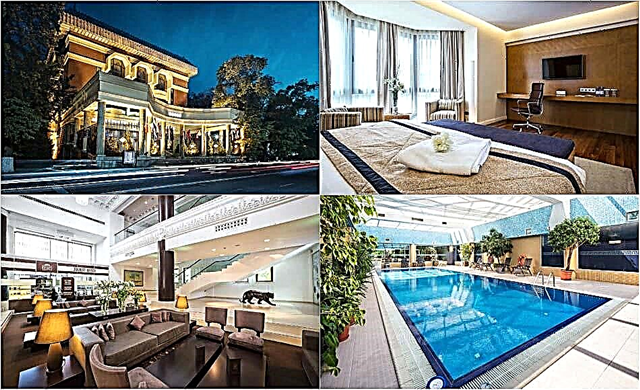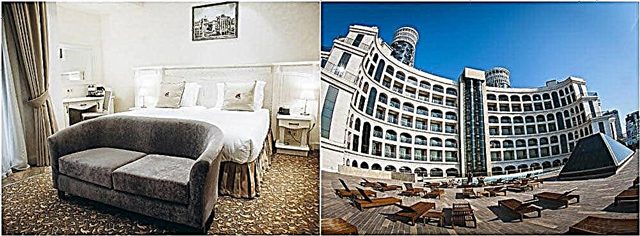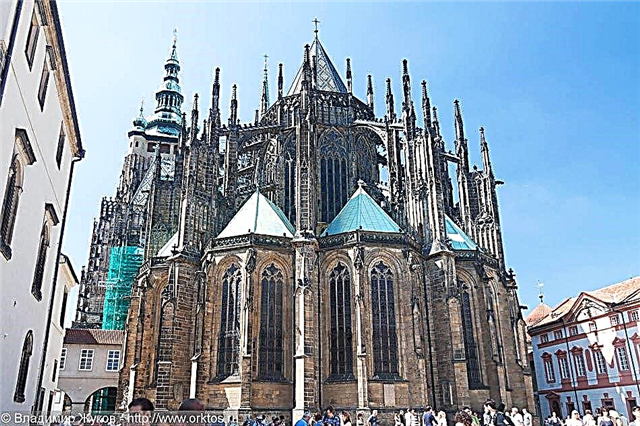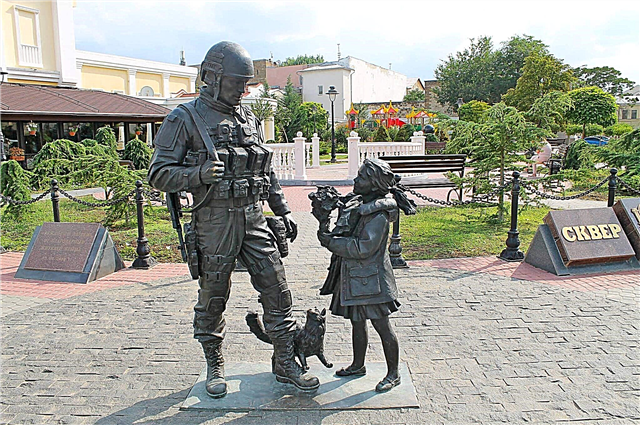Throughout its history, Simferopol has been an important commercial and military port. The city became part of the Russian Federation in 2014, and in just a few years it has changed a lot. Thousands of tourists come to Simferopol every year. In addition to beach recreation, historical tourism is also popular here.
The rich past of the city is reflected in many monuments. They are dedicated to people and events that have made a significant contribution to the development of Simferopol. The city's monuments are varied. Along with historical monuments and memorials, modern sculptures are installed on the streets of the city. They reflect the local flavor, give freedom to modern creative trends and adorn the architectural appearance of Simferopol.
Historical and modern monuments of Simferopol
List of the most famous monuments and sculptures of the city.
Dolgorukovsky obelisk
In 1711, the army under the command of Dolgorukov-Krymsky defeated the joint army of Turks and Tatars, capturing the Crimea. This victory stopped the raids of the Crimean Khanate on the Russian lands. The obelisk is dedicated to this event. It was installed on the site of the headquarters of Prince Dolgorukov. The height of the monument is about 20 meters. In the lower part, on each of the faces, there are bas-reliefs, and near the base of the obelisk there are cannons cast from cast iron.

"Polite people"
In 2014, the Crimean peninsula became part of the Russian Federation. Russian servicemen guarded the facilities and institutions required for the referendum on the transfer of Crimea to Russia. The monument is dedicated to all the servicemen who participated in the annexation of the peninsula. Bronze sculptures depict a soldier of the Russian army, a girl holding out a bouquet of flowers to him, and a cat sitting at the feet of a soldier.

Monument to Catherine II
During the reign of Empress Catherine II, Crimea finally became part of the Russian Empire. The monument was erected in 1890, in honor of the centenary of this event, under Alexander III. The monument was destroyed in 1921 and restored only in 2014, after Crimea became part of the Russian Federation. On a granite pedestal there is a bronze figure of Catherine II with a map of the Crimea and a scepter in her hands. And below there are figures of people who made the most significant contribution to the annexation of the peninsula.

Monument to V.I.Lenin
Installed in 1967, in honor of the 50th anniversary of the October Revolution. On a stone pedestal stands the figure of Vladimir Lenin, 5.5 meters high. In one hand, he holds sheets of paper with the text of the speech, and the other rests on the podium. The total height of the monument is 10.5 meters. In front of the pedestal there is a small stele with a commemorative inscription about the events of the 1917 Revolution that took place in Simferopol.

Monument to A.S. Pushkin
At the beginning of the 19th century, the great Russian poet arrived on the peninsula and made a journey, visiting many sights. His trip ended in Simferopol, where a monument was soon erected. It has not survived to this day, and the modern monument was opened in 1967. On a black stone pedestal is the figure of a seated Pushkin, looking into the distance.

Tank monument to the liberators of Simferopol
In April 1944, Simferopol was liberated from the German-Romanian occupation during the Soviet offensive. In honor of this event, almost immediately after the liberation of the city, an idea was put forward to erect a monument. For the construction of the memorial, the OT-34 tank was chosen, which is a flamethrower modification of the T-34. It is installed on a high stone pedestal with a commemorative inscription in the lower part.
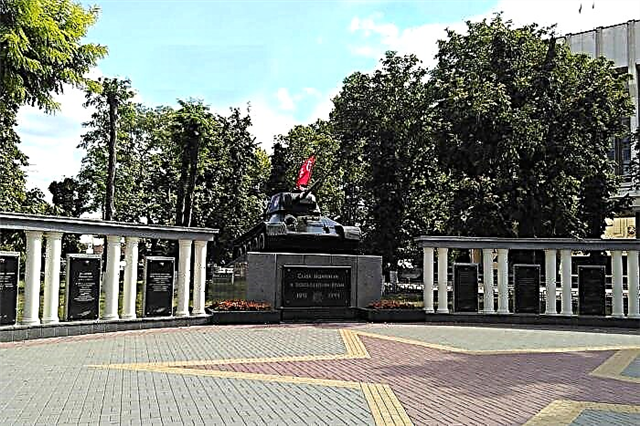
Monument to Afghans
More than 150 Crimean residents died during the military conflict in Afghanistan. The monument was dedicated to them. It was installed in 2008, after the 20th anniversary of the withdrawal of Soviet troops from Afghanistan. On a stone pedestal there is a sculpture in which the outlines of a man bowed his head can be seen. Memorial plaques with the names of the victims are installed in front of it. And in a small distance there is an airborne combat vehicle.

Monument to Bohdan Khmelnitsky
Hetman Bohdan Khmelnytsky is an outstanding Ukrainian figure of the 17th century. Thanks to his talent as a commander and skillful politics, a significant part of modern Ukraine gained independence from Poland and became part of the Russian state. The sculpture depicts the hetman in traditional costume. With one hand he holds a mace tucked into his belt, and with the other he holds a letter with the text: "With Russia forever."

Monument to Taras Shevchenko
Taras Shevchenko laid the foundations for traditional Ukrainian literature. His works are still studied by literary critics as some of the most outstanding and significant. The monument was erected in 1997 and is a gift to Simferopol from the city of Kalush. A black stone bust of Taras Shevchenko is installed on the pedestal. Under it is a commemorative plaque with a carved inscription dedicated to the famous writer.

Monument to brothers Aivazovsky
Dedicated to the artist and philanthropist, Ivan Aivazovsky, and his brother, educator and clergyman, Gabriel Aivazovsky. They were both born and raised in Crimea. Ivan became famous for his talent as an artist and generosity, and Gabriel knew 12 languages and was an educated scholar who specialized in the history of the East. The sculpture depicts brothers standing nearby. One of them is holding a palette, and the other is holding a Bible.

Monument to A.V.Suvorov
At the end of the 18th century, not far from the modern center of Simferopol, a Russian fortification was erected. It was placed under the command of Alexander Suvorov. The modern monument to the great commander was erected in 1984. A copper figure of Suvorov rises on a stone pedestal. In one hand, he squeezes a telescope, and with the other rests on the hilt of the sword. Both posture and facial expression show the determination and readiness of the commander to act at any moment.

Monument to V. Vysotsky
Vladimir Vysotsky starred in a large number of Soviet films. And the place of filming very often became the Crimea. So, the famous drama "Two Comrades Served" with the participation of the actor was filmed on the peninsula. The bronze bust of Vysotsky is located in the park named after the poet. The sculpture is installed on a marble pedestal, and memorial plaques with lines from the songs of Vladimir Vysotsky are attached to its edges.

"Shot in the back"
Thousands of civilians during the Great Patriotic War died at the hands of collaborators in western Ukraine. The monument is dedicated to these victims. On a dark stone pedestal, there is a sculpture depicting male and female figures. A woman is supporting a man who is badly wounded in the back. The monument was erected in 2007 and was vandalized.

"Yoshkin cat"
The sculpture was donated to Simferopol in honor of the 234th anniversary of the Crimean city, in 2018. The monument is located in a public garden, in the central part of the city. It fits perfectly into the architectural appearance of the city and has become a popular attraction among residents and tourists. The sculpture is about a meter high. A bronze figure of a cat is on one of the park benches. Nearby there is a place where tourists can sit and take pictures with the monument.

Monument to Ismail Gasprinsky
Ismail Gasprinsky was an outstanding educator of the XIX-XX centuries. He advocated the unification of the Turkic peoples and the opening of the East for Europe. For his educational activities, including the publication of the newspaper "Terdzhiman", Gasprinsky was nominated for the Nobel Prize. The figure of the enlightener, turning into stone, is installed on a black marble pedestal. The monument was created on the initiative of the Mejlis of the Crimean Tatars.

Monument to St. Luke
In 2000, Archbishop Luke was canonized by the Russian Orthodox Church as a great martyr.He devoted the first half of his life to medicine and became an outstanding surgeon and anesthesiologist. And later he was ordained and became a monk. In 1923 he was repressed. The monument to St. Luke was installed in the military clinical hospital in Simferopol, where he worked in the 1940s. On a stone pedestal, there is a full-length figure of a saint in a monastic attire.

Monument to the Komsomol
In 2010, the Crimean Komsomol Veterans Union took the initiative to erect a monument. It is located in the center of the Simferopol Children's Park. The monument is made of stone, its height is 6 meters. A pedestal is installed in front of the red-gray stele. On it are the figures of a factory worker and an astronaut. With one hand, each of them holds on to a ball symbolizing the Earth.

Monument to the Liberation Wars
The monument was erected on the site of a mass grave in which several soldiers of the Red Army are buried. A memorial plaque located next to the monument is dedicated to them. On a large boulder, there are images of the faces of four soldiers buried in a mass grave. All of them participated in the operation to liberate Simferopol and the German-Romanian troops in April 1944.

"Crimean teacher"
The monument was erected in front of the Institute of Postgraduate Pedagogical Education in 2008. It is dedicated to all teachers of the Crimean Peninsula, working in kindergartens, schools and institutes. The stone sculpture depicts a woman teacher. She hugs four children, her students. The granite monument is dedicated to the professionalism of teachers and their dedication in their work.

Monument to Yuri Bogatikov
Pop singer Yuri Bogatikov was born in the eastern part of Ukraine and soon moved to Simferopol. A monument to him was erected in 2004, next to the music school named after the singer. In the center of the sculptural composition there is a bronze figure of Yuri Bogatikov. Behind it is a stone sculpture depicting a piano. Next to it there is a granite stele with the signature: "Yuri Bogatikov".

Monument to K.A.Trenyov
The famous playwright and writer, Konstantin Andreevich Trenev was born in the Kharkov region. Later he moved to Simferopol, where he lived for about 22 years. In 1960, one of the city's parks was named after Trenev. A monument to the writer was also erected here. The figure of the playwright is installed on a pedestal faced with stone slabs. He is depicted sitting in a chair and resting his head on his hand.

"People's militia of all times"
The monument was created by analogy with the Dolgorukovsky obelisk, erected in honor of the annexation of the Crimean peninsula to Russia. The total height of the column-shaped monument is 11 meters. A cross is installed on its top, a symbol of the militia of the times of the Crimean War. On three sides of the monument, militiamen of different eras are depicted: the Crimean War, the Great Patriotic War and the Crimean Spring.

Bust of Alexander III
The monument is located at the House of Orthodox Books. Its installation was organized and paid for by the owner of the bookstore. According to him, the choice when creating the monument fell on Alexander III, for how outstanding and outstanding ruler he was. The pedestal of the monument is made of gray marble. A bronze bust of Emperor Alexander is installed on it. He is depicted in military uniform, and a commemorative inscription is carved on the pedestal.

Memorial to the Unknown Soldier
The monument was opened in the Gagarin Park in 1975. An unknown soldier, whose grave was previously located on Bespalov Street, was reburied here. A brick-paved path leads to the Eternal Flame, located in the center of the memorial. There are memorial plaques nearby. The names of the residents of Simferopol, who received the title of Hero of the Soviet Union, are engraved on them. Flowers are planted on the flower beds along the edges of the path, and commemorative wreaths are laid at the Eternal Flame.

Monument to the Wars of the Red Army
Installed in 1945. It is located on the site of a fraternal burial during the Great Patriotic War, in one of the cemeteries of Simferopol. On two steles of white stone, located side by side, there are embossed images of palms stretching towards one another. A small obelisk is installed between the steles. Nearby there is a memorial plaque with the names of the victims. The inhabitants of the city bring wreaths and flowers here every year.

Monument to the Children of War
Located on one of the central streets of Simferopol. It was opened in 2009 with voluntary donations and private funds. There is a stone arch in a small square. A small bell is suspended in it, and a memorial plaque is installed nearby. The monument is dedicated to children who died at the hands of the German invaders during the Great Patriotic War.

"Three Graces"
The monument was erected in Gagarin's park in Simferopol in 1967. He emphasized the importance of the park as a sports and leisure center. Initially, the sculpture depicted three girls holding a hoop high above their heads. But later, restoration was carried out, during which the hoop was removed. The prototypes of the "Three Graces" are the dancers of one of the city's collectives who still live in Simferopol.

Memorial to the victims of Chernobyl
Installed near the entrance to Gagarin Park in 2007, exactly 21 years after the Chernobyl disaster. Above the stone sculpture, in which the outlines of folded palms can be traced, there is an arch with a bell. Nearby are black memorial plaques with the names of those killed in the Chernobyl accident. A capsule is laid under the monument, which contains the names of the deceased.

Monument to P. Tchaikovsky
Opened in 1986, next to the Pyotr Ilyich Tchaikovsky Music College. The figure of the great composer is installed on a stone pedestal. With one hand he rests on the piano at the back, and with the other he holds the sheets of music lying on the music stand. The composer's tailcoat is unbuttoned, and his pensive gaze is directed downward. The total height of the monument to Tchaikovsky is about 2 meters.

Monument to P.E.Dybenko
It is located in the park of the 200th anniversary of Simferopol. Pavel Efimovich Dybenko took an active part in the October Revolution and the formation of Soviet power at the beginning of the 20th century. Later, in 1938, he was arrested and shot on charges of conspiracy and espionage, but was rehabilitated in 1956. Dybenko's portrait is carved on a stone slab. There is a commemorative inscription under it, and a flower garden is laid out next to the memorial.



